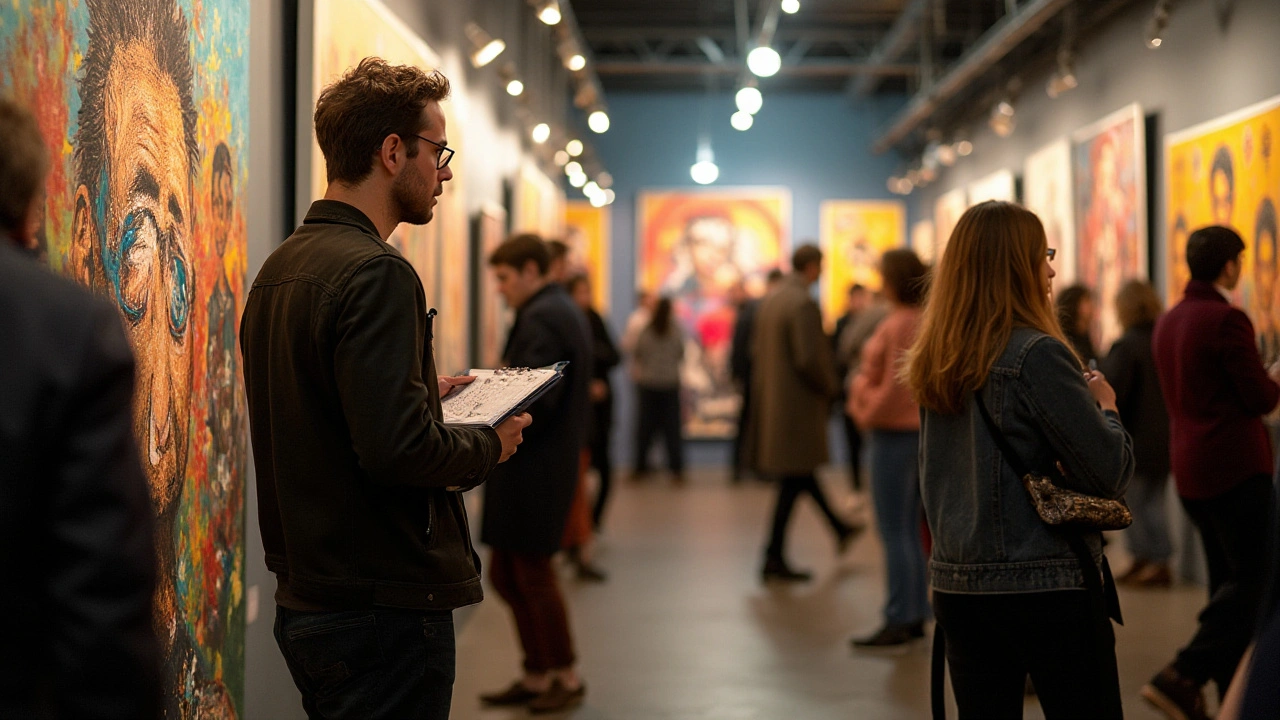Expressionist Painters: How to Recognize Their Work and Key Artists
Want to feel a painting instead of just looking at it? That’s what expressionist painters aimed for. They bent forms, smashed colors, and pushed brushwork so viewers felt the mood the artist had inside. This page gives you quick, useful ways to spot expressionism, a short list of artists to know, and why the style still matters today.
How to spot an Expressionist painting
Start with emotion. If a painting looks like it’s trying to shout, cry, or tremble, it’s probably expressionist. Look for three clear signs: distorted shapes, bold colors, and rough, visible brushstrokes. Faces or figures may be stretched or simplified. Colors often ignore reality—reds for anger, greens for unease. The paint isn’t hidden; it’s part of the message. Also check subject matter: urban anxiety, loneliness, political anger, and raw personal moments show up a lot.
Compare two images in your head: a polished portrait and a messy, urgent portrait. If the messy one tells you how the sitter felt more than what they looked like, that’s expressionism at work. Don’t expect neat lines or smooth gradients; expect personality and urgency.
Famous Expressionist painters to know
Here are a few artists who shaped the movement and give a good range of styles to study. Edvard Munch—think The Scream—used color and line to make panic visible. Ernst Ludwig Kirchner and the Die Brücke group brought jagged forms and city scenes to the front. Wassily Kandinsky moved toward abstraction but kept emotional color and rhythm. Egon Schiele’s figures feel raw and exposed. Emil Nolde used fierce color to create spiritual, stormy scenes. Look at a handful of works from each and you’ll start spotting the common thread: feeling first.
Want practical practice? Pick a photo and redraw it twice: once realistically, once using one strong emotion—anger, joy, fear. Change colors, exaggerate proportions. You’ll see how expressionist choices change the story of the image.
Why care now? Expressionist ideas live on in modern and digital art. Abstract Expressionism, contemporary figurative painters, and even some street art borrow the emotion-over-realism approach. On Paul Artistry you can read related pieces like "How Abstract Expressionism Shaped Modern Art" and "Expressionism in the 21st Century" that track this influence.
If you want to start a small collection or just enjoy art more, look for works that grab your gut before your eyes. Visit local galleries, zoom in on brushwork in museum photos, and try the emotion-redraw exercise. You’ll find expressionist painters teach a simple lesson: art is first a feeling, then a form.

